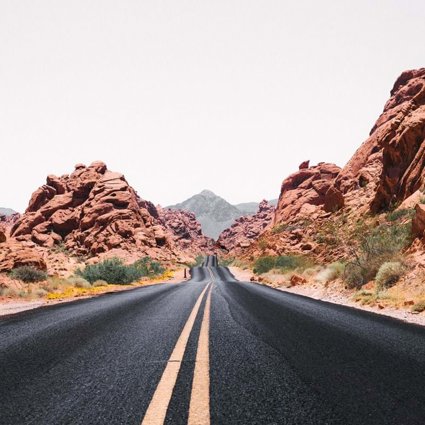
Building the impossible city
This lesson looks at Dubai's rapid expansion, part of a planned diversification away from oil
Here, defying possibility, ‘The World', an artificial archipelago of 300 islands, 9km by 7km, off the coast of Dubai is being built to be the planet's most exclusive development of private retreats and tourist resorts. The island called the UK just sold for £19 million. Students investigate the reasons for the construction boom in Dubai and understand the human issues behind the rapid development of the city.
Key questions
Why is there a construction boom in Dubai?
What are the human issues behind the rapid development of the city?
Why is there a construction boom in Dubai?
Dubai was a small fishing/pearl village in the18th century. In the 19th/20th century it was a trading partner with Iran and India. In the 1960 population reached 20,000 and in 1966 oil was discovered. There was a huge increase in wealth which was used to develop Dubai with modern roads schools and hospitals, and superb communications and transport facilities. By 2006 population reached 1.1 million but now oil only accounts for three per cent of total income. The economy has been diversified towards tourism and service industries and a third of the world's cranes are working relentlessly to develop Dubai into mega-metropolis. Tourism and increased real estate investment have generated the development of the largest artificial waterfront in the world (Dubai Waterfront) and man-made islands, for example The Palm and The World. The tallest building in the world (Burj Dubai) is under construction and although its final height is being kept a secret due to competition from other buildings is expected to be over 800m. Luxury hotels (Burj al-Arab) and the World's largest shopping mall are also in Dubai. High-tech industry and business and finance are also driving construction. Dubiotech is a new Biotechnology research and development Park was built as part of Dubai's 2010 vision to establish a knowledge based economy and the Jebel Ali Free Trade Zone is a zero tax zone with pro-business laws and regulations where Foreign companies can keep 100% of profits.
What are the human issues behind the rapid development of the city?
The bulk of the construction workforce is composed of poorly paid Asian immigrants, mainly from India, Pakistan, Bangladesh and Nepal who can end up working in dangerous conditions and live in squalid living quarters with little or no protection. Many of the workers suffer from stress and depression. They often take out loans in order to pay an agent in their home country to find them a job but don't have the assets to get a loan from a bank so go to personal lenders with high interest rates. As a result many workers end up in debt. Labourers were not allowed to strike or form unions to protect themselves from poor treatment in the construction industry until 2007 when the UAE drafted a law that allows labourers to form unions and pursue collective bargaining.
Links
Starter
Look at the Burj Dubai.
Did you know?
-
The Burj Dubai is currently 545.7 m high with 148 floors (3rd September 2007). And it keeps getting high. No one knows how high it will go but it will be over 700m and possibly over 800m
-
Its elevators will be the world's fastest at 18m/s or 40mph!
-
The tower's peak electricity demand is equivalent to roughly 360,000 100-watt light bulbs all operating at the same time
-
The tower's water system will supply an average of about 946,000 litres of water per day
-
To cool this tower in the desert will require the equivalent of 10 million kilograms of melting ice per day
-
For more check out the official website
Why do you think Dubai is constructing the world's tallest building?
Where do you think Dubai's money comes from?
Main Activity
Watch the Google Video of Dubai cranes.
In small groups solve the Mohit Mystery.
Carry out some extra research into the labour and human rights issues in Dubai. Produce a piece of creative writing, for example a poem, exploring the lives of the Asian construction workers. Read the BBC News article to learn more about the labour issues.
Plenary
Read the Changing Functions of Dubai information sheet.
What did you learn from the Mohit mystery?
There are two main points:
The construction boom has been driven by the diversification of the economy away from oil.
'Mohit' is one of over 250,000 poorly paid Asian immigrants who make up the construction workforce.
File nameFiles
File type
Size
Download